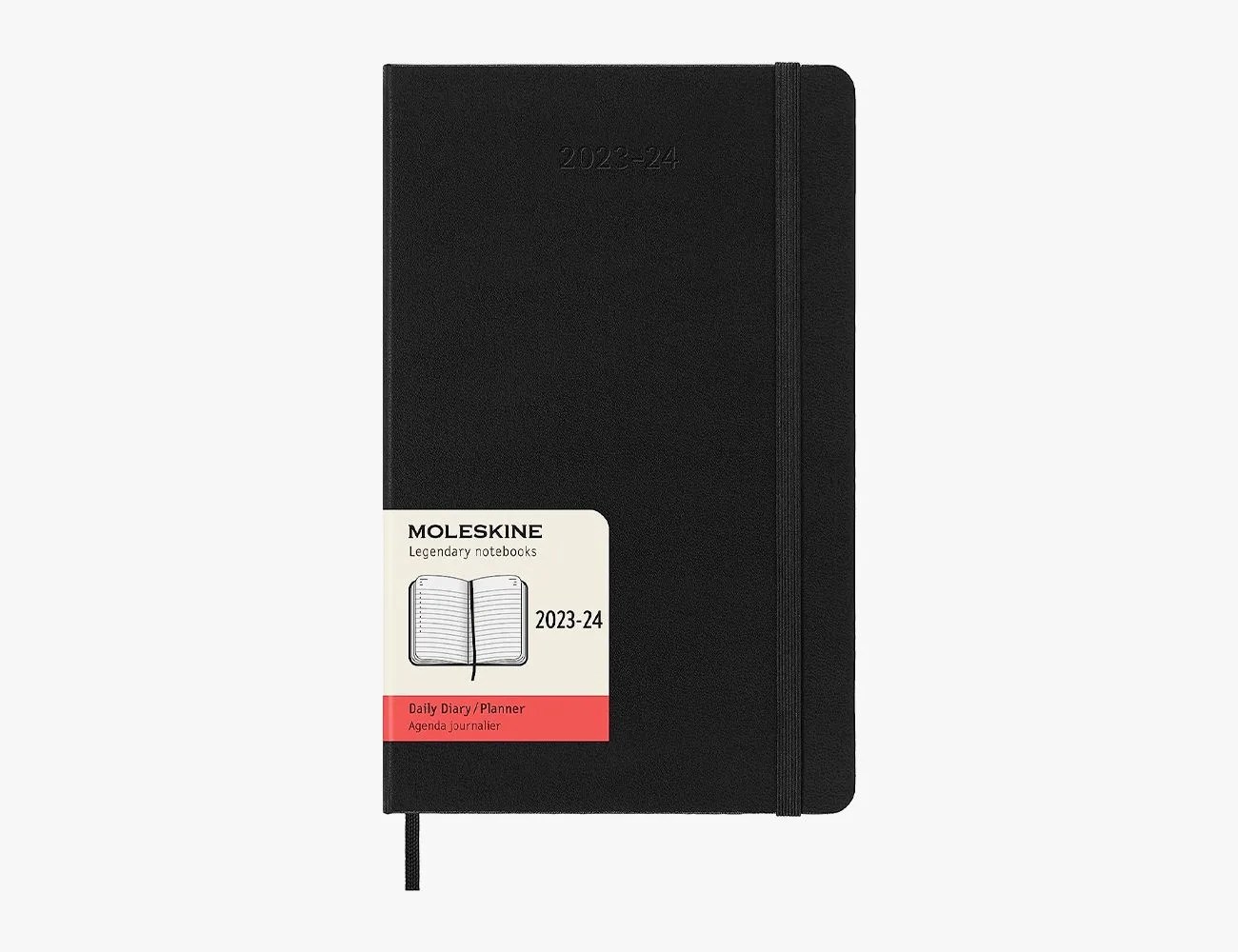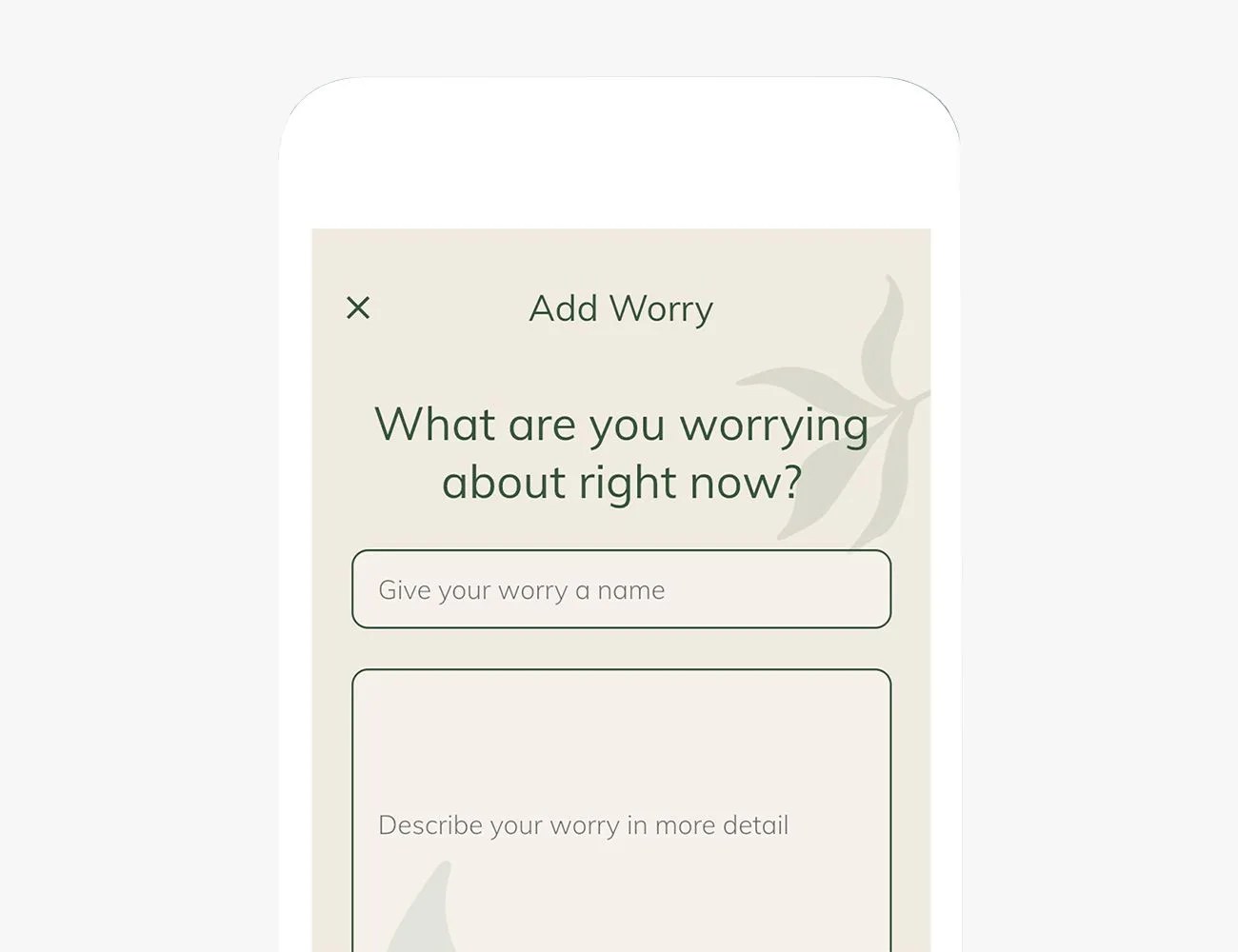You know the feeling.
Whether it’s a new instance or a lingering worry, stress can impact your day-to-day mental state big time. Having anxiety about anything in life can consume your thoughts, leaving you less focused on other tasks like cooking, cleaning, socializing and working out. And what happens when you’re unable to complete that already busy schedule due to concern over a single item? It can get busier in a hurry.
This doesn’t need to be the norm. Stress, like your nightly meals or training sessions, can also be placed on the calendar, relegating the anxiety to a task to complete rather than a day-ruining endeavor.
This practice of planning and allotting time within your schedule for anxiety and stress is what’s known as the “Worry Time Technique.” Rather than stressing all day, this method treats stress like a Zoom call or meeting, granting you a set amount of minutes to deal with stressors and saving the rest of your waking hours for other tasks and interests.
But how can you make the switch from worrying constantly to worrying just a few minutes a day? What are the benefits to this unique approach to stress management? You’ll find all those answers, as well as some helpful product recommendations, below.
 Johner Images
Johner Images




![Apple Watch Series 8 [GPS 41mm] Smart Watch w/Midnight Aluminum Case with Midnight Sport Band - M/L. Fitness Tracker, Blood Oxygen & ECG Apps, Always-On Retina Display, Water Resistant](https://1llimited.info/wp-content/uploads/sites/2/2023/07/1690678309-1663190094-apple-watch-series-8-embed-1662748035-jpg.webp?w=1300)




